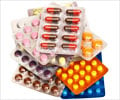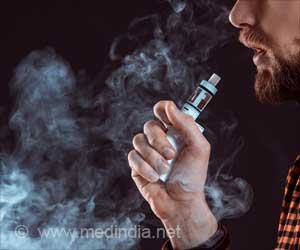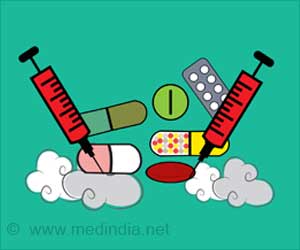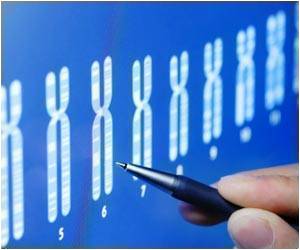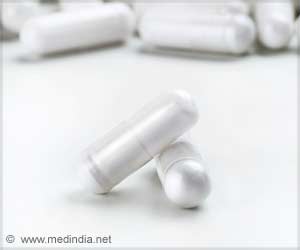US paper currency is roughed up and often soiled in circulation, but a study has found that some 90 percent of greenbacks contain traces of cocaine, giving new meaning to the term "dirty money."
That is a nearly 20 percent jump over a similar study conducted two years earlier where 67 percent of dollar bills were shown to contain cocaine traces, according to researchers who presented the study Sunday at the annual National Meeting of the American Chemical Society.The startling discovery points to the continuing widespread use of cocaine in the United States, one of the world's biggest consumers of the drug.
The capital Washington topped US cities, with 95 percent of banknotes analyzed from there found to contain minute amounts of cocaine.
Money is known to get contaminated with cocaine when drug dealers make a transaction or when users snort the drug using a rolled bill.
But the study said the large-scale contamination takes place when the notes are whisked into currency-counting machines.
Evidence of the drug were more common in large cities like Baltimore, Boston and Detroit, while the cleanest bills were collected from Salt Lake City, Utah, the country's Mormon hub.
Advertisement
The United States topped cocaine levels found in bank notes collected from over 30 major cities in five countries that also included Canada, Brazil, China and Japan.
Advertisement
Second in line was the US northern neighbor Canada, where 85 percent of 27 banknotes studied showed drug traces, ranging from 2.4 micrograms to over 2,530 micrograms, the largest amount found but still less than a ten-thousandth of an ounce, of cocaine per note.
Brazil came in third at 80 percent, while China and Japan had the lowest levels, at 20 percent and 12 percent contamination respectively.
Amounts found in the 234 US banknotes analyzed ranged from .006 micrograms, thousands of times smaller than a single grain of sand, to over 1,240 micrograms of cocaine, or the equivalent of about 50 grains of sand, per bill.
Zuo downplayed any health or legal concerns linked to the apparently poor job drug dealers are doing at laundering their money.
"For the most part, you can't get high by sniffing a regular banknote, unless it was used directly in drug uptake or during a drug exchange," Zuo said.
"It also won't affect your health and is unlikely interfere with blood and urine tests used for drug detection."
The study, Zuo said, could help increase public awareness of cocaine use and help curb its abuse by assisting law enforcement agencies and forensic specialists to identify how the drug is used in a given community.
Cocaine is one of the most commonly used drugs in the world. In the United States, some six million people consume cocaine on a regular basis each year, for a whopping total of 259 to 447 tonnes worth 35 to 70 billion dollars.
Source-AFP
SRM


